Filter by
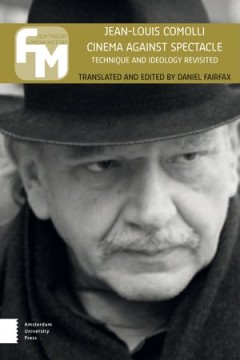
Cinema Against Spectacle: Technique and Ideology Revisited
Jean-Louis Comolli’s six-part essay Technique and Ideology had a revolutionary effect on film theory and history when it first appeared in Cahiers du Cinéma in 1971. In 2009, Comolli revisited his earlier text, arguing that the present age, marked by the total dominance of media-filtered spectacle over image production, makes the need for an 'emancipated, critical spectator' more pressing th…
- Edition
- -
- ISBN/ISSN
- 9789089645548
- Collation
- -
- Series Title
- -
- Call Number
- 791.43 COM c
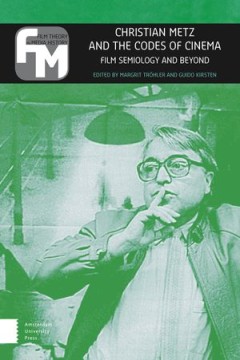
Christian Metz and the Codes of Cinema: Film Semiology and Beyond
A pioneering figure in film studies, Christian Metz proposed countless new concepts for reflecting on cinema, rooted in his phenomenological structuralism. He also played a key role in establishing film studies as a scholarly discipline, making major contributions to its institutionalisation in universities worldwide. This book brings together a stellar roster of contributors to present a close…
- Edition
- -
- ISBN/ISSN
- 9789048527564
- Collation
- -
- Series Title
- -
- Call Number
- 791.43 CHR c
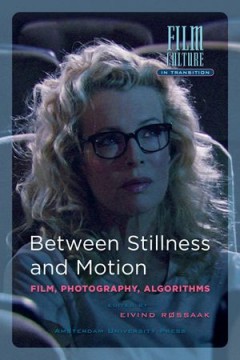
Between Stillness and Motion
New technological media such as film, photography and computers have altered the way we perceive possible relations between stillness and motion in the visual arts. Traditionally, cinema theory saw cinema and especially the 'illusion of motion' as part of the ideological swindle of the basic cinematic apparatus. This collection of essays by acclaimed international scholars including Tom Gunning…
- Edition
- -
- ISBN/ISSN
- 9789089642127
- Collation
- -
- Series Title
- -
- Call Number
- 791.43 ROS b

Audiences
This timely volume engages with one of the most important shifts in recent film studies: the turn away from text-based analysis towards the viewer. Historically, this marks a return to early interest in the effect of film on the audience by psychoanalysts and psychologists, which was overtaken by concern with the 'effects' of film, linked to calls for censorship and moral panics rather than to …
- Edition
- -
- ISBN/ISSN
- 9789089643629
- Collation
- -
- Series Title
- -
- Call Number
- 791.43 CHR a
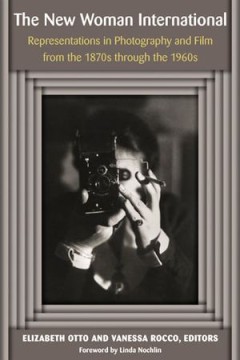
The New Woman International: Representations in Photography and Film from the…
Images of flappers, garçonnes, Modern Girls, neue Frauen, and trampky—all embodiments of the dashing New Woman—symbolized an expanded public role for women from the suffragist era through the dawn of 1960s feminism. Chronicling nearly a century of global challenges to gender norms, The New Woman International: Representations in Photography and Film from the 1870s through the 1960s is the …
- Edition
- -
- ISBN/ISSN
- 9780472900367
- Collation
- -
- Series Title
- -
- Call Number
- 791.43 NEW n
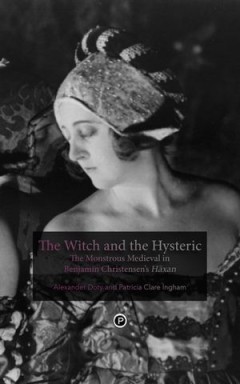
The Witch and The Hysteric: The Monstrous Medieval in Benjamin Christensen'S …
Benjamin Christensen’s 1922 Swedish/Danish film Häxan (known under its English title as Witchcraft Through the Ages) has entranced, entertained, shocked, and puzzled audiences for nearly a century. The film mixes documentary with fantasy, history with theatrics, religion and science, the medieval past and modern culture. This uncanny content is compounded by the film’s formal strangeness, …
- Edition
- -
- ISBN/ISSN
- 9780692230152
- Collation
- -
- Series Title
- -
- Call Number
- 791.43 DOT w

Truth and Fiction: Notes On (Exceptional) Faith in Art
Reflecting upon his experience making his 2010 feature film Mothers, a cinematic triptych interweaving three narratives that are each, in their own way, about the often tenuous lines between truth and fiction, and one of which actually morphs into a documentary about the aftermath in a small Macedonian town where three retired cleaning women were found raped and killed in 2008 and the murderer …
- Edition
- -
- ISBN/ISSN
- 9780615647104
- Collation
- -
- Series Title
- -
- Call Number
- 791.43 MAN t
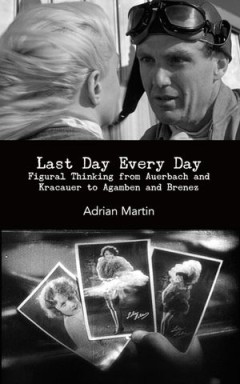
Last Day Every Day: Figural Thinking From Auerbach and Kracauer To Agamben an…
Where is film analysis at today? What is cinema theory up to, behind our backs? The field, as professionally defined (at least in the Anglo-American academic world), is presently divided between contextual historians who turn to broad formations of modernity, and stylistic connoisseurs who call for a return to old-fashioned things like authorial vision, tone, and mise en scène. But there are o…
- Edition
- -
- ISBN/ISSN
- 9780615719467
- Collation
- -
- Series Title
- -
- Call Number
- 791.43 MAR l
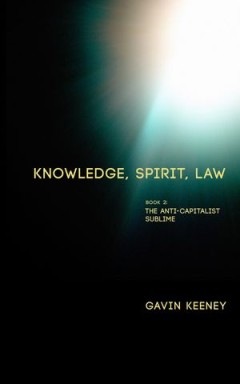
Knowledge, Spirit, Law, Book 2: The Anti-Capitalist Sublime
Knowledge, Spirit, Law // Book 2: The Anti-capitalist Sublime takes up where Knowledge, Spirit, Law // Book 1: Radical Scholarship (2015) left off, foremost in terms of a critique of neo-liberal academia and its demotion of the book in favor of various mediatic practices that substitute, arguably, for the one form of critical inquiry that might safeguard speculative intellectual inquiry as long…
- Edition
- -
- ISBN/ISSN
- 9781947447349
- Collation
- -
- Series Title
- -
- Call Number
- 791.43 KEE k
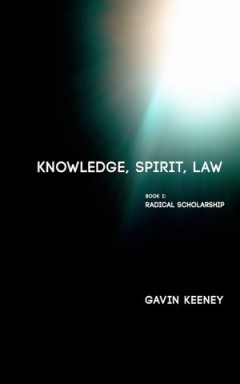
Knowledge, Spirit, Law, Book 1
Knowledge, Spirit, Law is a de facto phenomenology of scholarship in the age of neoliberal capitalism. The eleven essays (plus Appendices) in Book 1: Radical Scholarship cover topics and circle themes related to the problems and crises specific to neoliberal academia, while proposing creative paths around the various obstructions. The obstructions include metrics-obsessed academia, circular and…
- Edition
- -
- ISBN/ISSN
- 9780692558447
- Collation
- -
- Series Title
- -
- Call Number
- 791.43 KEE k
 Computer Science, Information & General Works
Computer Science, Information & General Works  Philosophy & Psychology
Philosophy & Psychology  Religion
Religion  Social Sciences
Social Sciences  Language
Language  Pure Science
Pure Science  Applied Sciences
Applied Sciences  Art & Recreation
Art & Recreation  Literature
Literature  History & Geography
History & Geography